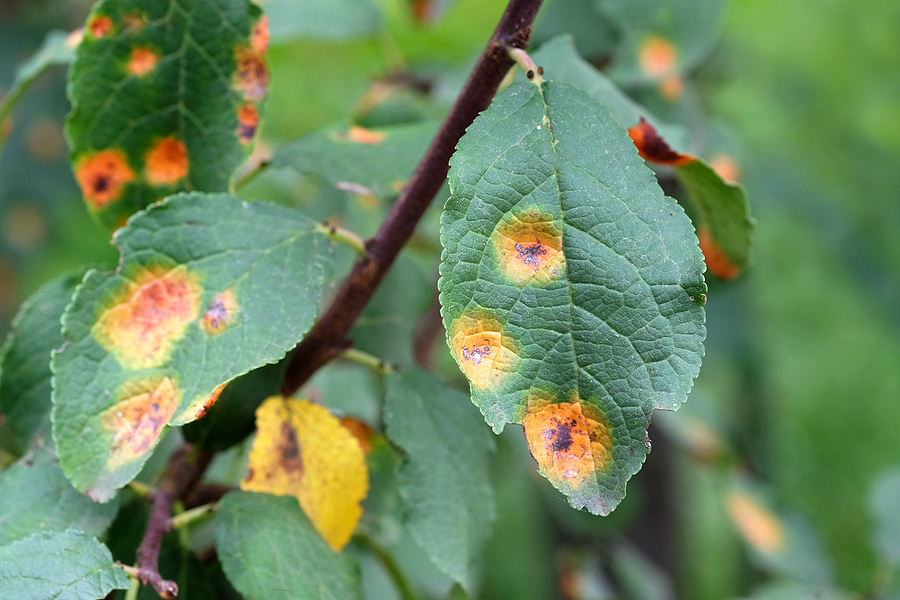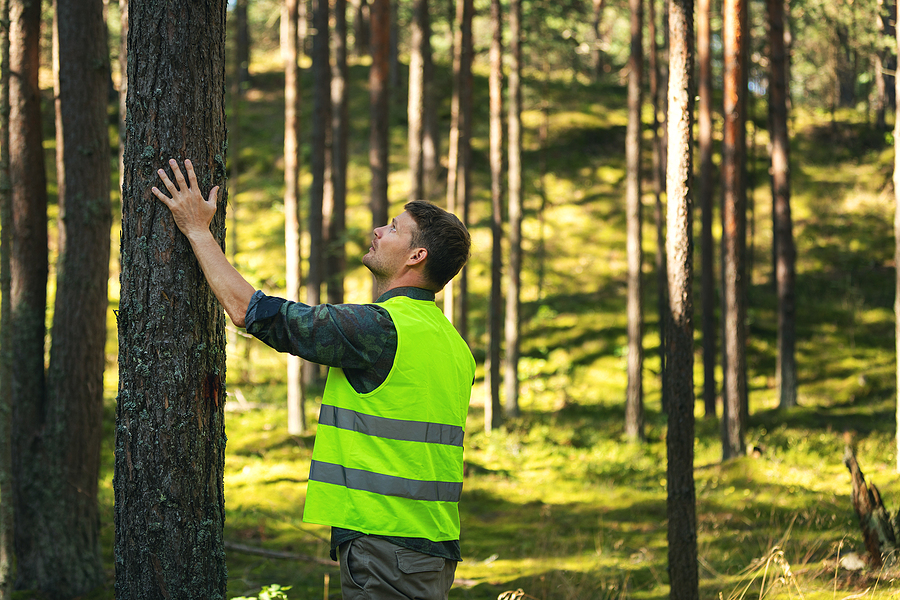Trees are the silent guardians of our yards, offering shade, beauty, and a touch of nature’s serenity to our daily lives. For homeowners and gardeners alike, the health of these leafy giants is paramount, as they play a crucial role in enhancing the aesthetic appeal and ecological balance of our surroundings.
However, just like any living organism, trees can become unhealthy due to a variety of factors, affecting not only their appearance and vitality but also the overall landscape’s health and safety. Recognizing the signs of distress and understanding how to nurture them back to health is essential for any diligent property owner. Continue reading to learn more about how to revive unhealthy trees and restore their natural beauty.

Signs of Unhealthy Trees
The initial step in rejuvenating the greenery in your yard involves recognizing the indicators that a tree may be in distress. Unhealthy trees typically display a variety of visible signs, serving as a warning system for potential issues. These cues include discolored leaves, stunted growth, and unusual leaf drop, among others.
Observing these signs closely can help you identify a struggling tree early on, enabling you to take corrective action to nurse it back to health. Early detection of these symptoms can be crucial for the successful treatment and recovery of sick trees.
- Leaf Discoloration: Leaves that turn yellow or brown outside of the fall season can indicate nutritional deficiencies or disease.
- Dead Branches: Limbs that lack leaves or have dry, brittle wood are a clear sign of distress.
- Loose Bark: Peeling or cracking bark can suggest internal issues, such as infections or pest infestations.
- Fungus Growth: The presence of mushrooms or other fungi at the base of the tree or on its trunk can indicate decay within.
Common Causes of Unhealthy Trees
Several factors can contribute to the decline of tree health. By understanding these causes, homeowners can take proactive steps to prevent future issues:
- Pests and Diseases: Insects and microorganisms can wreak havoc on trees, from the roots to the canopy.
- Poor Watering Practices: Both under-watering and over-watering can lead to stress and disease.
- Environmental Stress: Extreme weather conditions, pollution, and soil compaction can adversely affect tree health.
- Improper Care: Lack of pruning or incorrect pruning techniques can also harm trees.
Knowledge of these common pitfalls can guide homeowners in creating a nurturing environment for their trees.
Tree Health Care Tips
Maintaining tree health involves more than just addressing issues as they crop up; it’s about preventing problems before they start through diligent care and maintenance. This proactive approach ensures trees remain vibrant and healthy, safeguarding their well-being for years to come.
- Watering Wisely: Ensure trees receive adequate water, especially during dry spells. Deep, infrequent watering encourages strong root growth.
- Mulching: Putting mulch around the base of trees aids in maintaining soil moisture, controlling temperature, and minimizing weed growth.
- Pruning: Regular pruning removes dead or diseased branches, promotes airflow, and shapes the tree for healthy growth.
- Professional Inspections: Sometimes, the best course of action is to seek the expertise of certified arborists who can provide a tree inspection, as well as specialized treatment.
Common Signs of Dead or Dying Trees
Despite our best efforts, there may be instances when trees are beyond saving. Recognizing the signs of a dead tree or one that is dying is vital. It can prevent potential hazards and ensure the safe removal of dead trees.
- No Leaf Growth: If a tree fails to produce leaves for two consecutive years, it is most likely dead.
- Lack of Bark Coverage: Trees with little to no bark coverage are usually in decline, as the bark helps transport nutrients and protect against damage.
- Hollow Trunks: A tree with a hollow trunk often lacks structural stability and is likely dying.
If you suspect your tree has died or is on its way to death, it’s best to consult a professional for guidance.
Conclusion
The lush canopy of a healthy tree not only beautifies your yard but also supports local wildlife and contributes to the overall well-being of the community. By staying vigilant for signs of distress, understanding the causes of tree health decline, and following through with appropriate care, homeowners and gardeners can ensure their trees thrive for years to come. If you suspect your trees are unhealthy, don’t hesitate to contact a professional tree inspection service for a thorough assessment and tailored treatment plan. Together, we can revive our yards and keep our arboreal companions strong and vibrant.
Are you ready to schedule a tree health assessment with a professional tree service company in Indy? Contact Complete Tree Care at 317-783-2518 to get assistance from a certified arborist in Indianapolis, Indiana. We serve residential and commercial clients with comprehensive tree care solutions.
Related Posts:
Is My Tree Dead or Diseased?
How to Prevent Poor Tree Health
Beyond Aesthetics: The Importance of Removing Dead Branches for Tree Health

